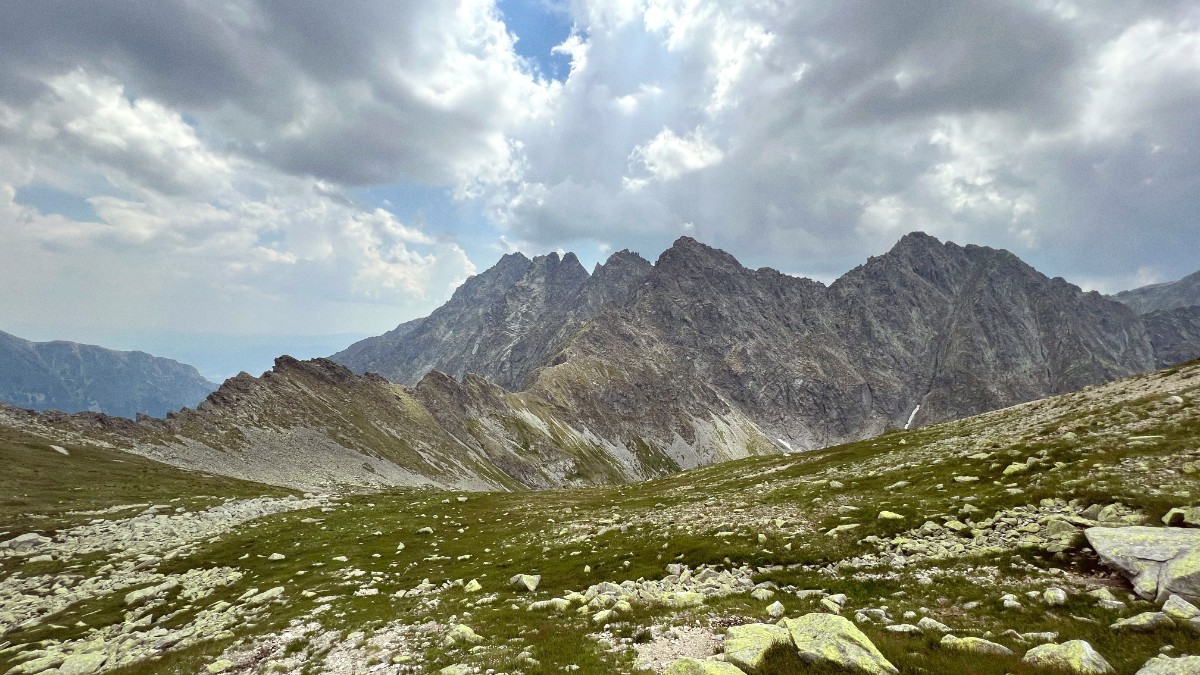
Slovakia
The Tatras invite exploration of their unique character. Plan your Tatra trip with flexibility. Mountain weather changes quickly.
This guide details your visit.
Discover practical information on everything from packing lists to local customs. The Tatras present a memorable experience.
The Tatra Mountains sit in northern Slovakia, forming the highest part of the Carpathian mountain range. This natural border separates Slovakia from neighboring Poland. Geographically, the High Tatras represent a small but impressive portion of the larger Tatra mountain range. These mountains are Slovakia's only alpine-type mountains, characterized by sharp peaks, deep valleys, and glacial lakes.
The region sees easy reach from major Slovak cities like Poprad, which serves as a main gateway, and also from international hubs in Poland. Its location holds both isolation and accessibility, a balance appealing to many visitors. The mountains themselves divide into several parts, with the High Tatras the most frequently visited due to their dramatic peaks and well-developed tourist infrastructure.
Archeological finds indicate human presence in the foothills dating back to the Stone Age.
The region gained prominence as a health resort destination for tuberculosis patients, creating towns like Starý Smokovec and Tatranská Lomnica.
Mountaineering and hiking grew in popularity alongside these health resorts.
Established in 1949, this marked a turning point for ecosystem protection and natural beauty preservation.
Today, the mountains remain a symbol of Slovak national pride and human connection with wild landscapes.
The Tatra Mountains hold a long history, shaped by early settlers, shepherds, miners, and eventually, tourists. Archeological finds show human presence in the foothills dating back to the Stone Age. Over centuries, various communities developed unique cultures influenced by the harsh mountain environment.
The blend of historical architecture in the resorts and the preserved wilderness tells a compelling story of adaptation and appreciation for nature.
The region gained prominence in the 19th century as a health resort destination, notably for tuberculosis patients, leading to the development of spa towns like Starý Smokovec and Tatranská Lomnica. Mountaineering and hiking grew in popularity alongside these health resorts.
The establishment of Tatra National Park (TANAP) in 1949 marked a turning point, protecting the delicate ecosystem and preserving natural beauty for future generations. Throughout the 20th century, the Tatras became a beloved recreational area for people from Slovakia and beyond, including during the communist era.
This guide details your visit. Discover practical information on everything from packing lists to local customs. The Tatras present a memorable experience.
This section presents critical information for planning your Tatra Mountains trip, covering the best times to visit, visa and entry procedures, budgeting, and important health and safety considerations.
Summer (June-September) is ideal for hiking, while winter (December-March) offers excellent conditions for skiing.
Slovakia is part of the Schengen Area. Many nationalities enjoy visa-free entry for short stays. Passport validity and proof of funds are standard requirements.
The Euro (€) is the currency. Options cater to budget, mid-range, and luxury travel styles. ATMs are widespread. Tipping is customary.
Slovakia presents options for different travel styles, from budget adventures to luxury escapes.
Warmest period, ideal for hiking. Temperatures 15°C to 25°C. Afternoon thunderstorms common. Full operation of services. Can be crowded, higher prices.
Fewer crowds, lower prices, stunning fall foliage. Temperatures drop. Snowfall possible in higher altitudes. High-altitude trails close after Oct 31st.
Cold and snowy, excellent for winter sports. Temperatures below freezing. Heavy snowfall. Optimal snow conditions for skiing. High prices, large crowds.
Frequent afternoon thunderstorms in higher elevations necessitate careful planning. Start hikes early in the day to finish before these storms arrive. Mountain weather changes rapidly; a sunny morning can turn to rain or fog quickly. Always pack rain gear.
Avalanche risk a serious concern in winter and early spring, especially in higher, unmarked terrain. Check avalanche forecasts daily before venturing out. Heavy snowfall can close roads or disrupt public transport.
If you plan to drive, mandatory winter tires are required from November 1 to March 31 if snow, ice, or slush appears on the road. Drive with caution.
Hiking/Trekking: July to September presents optimal conditions, with all trails open and relatively stable weather.
Skiing/Snowboarding: January to March presents optimal snow depth and resort conditions.
Mountain Biking: June to October presents suitability, with pleasant temperatures and open trails.